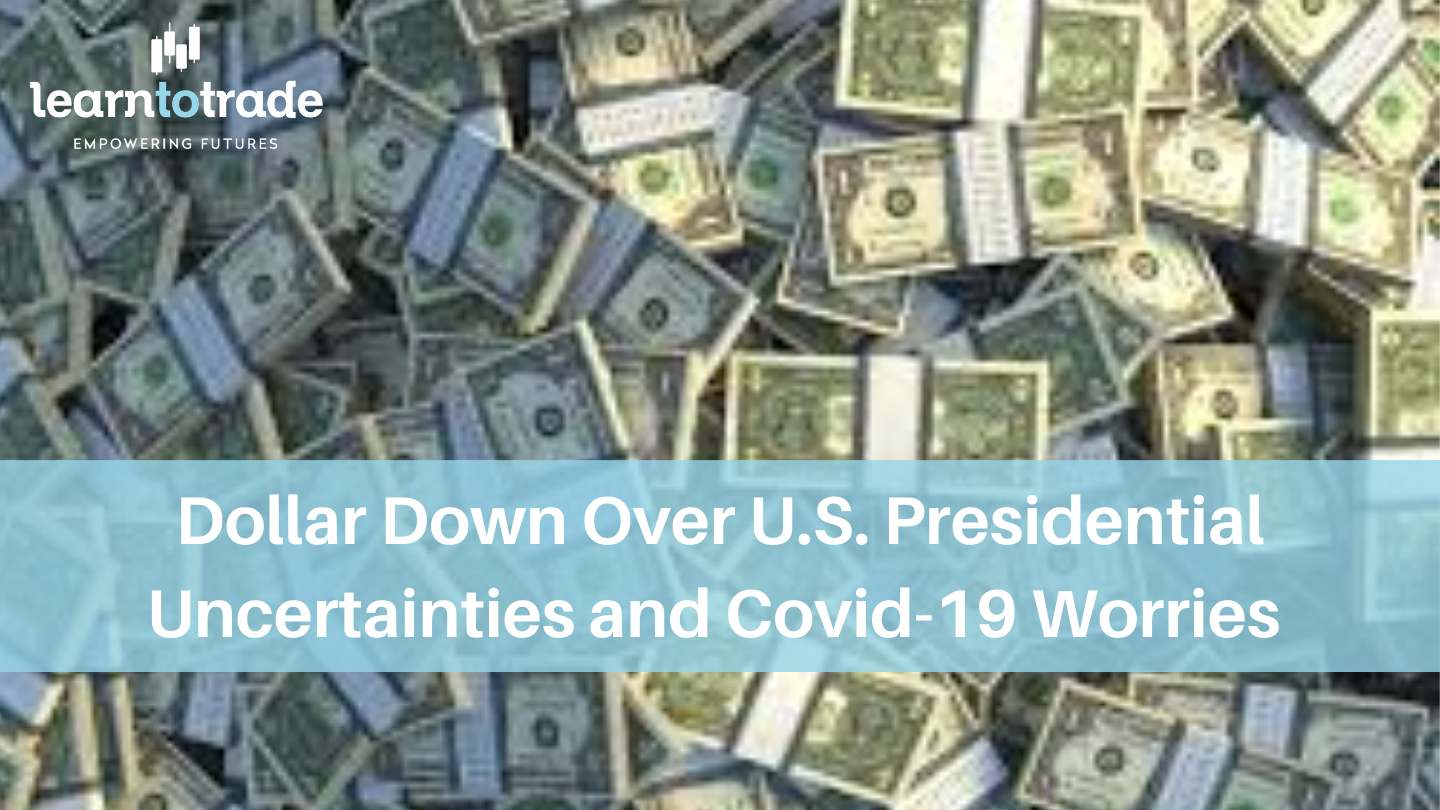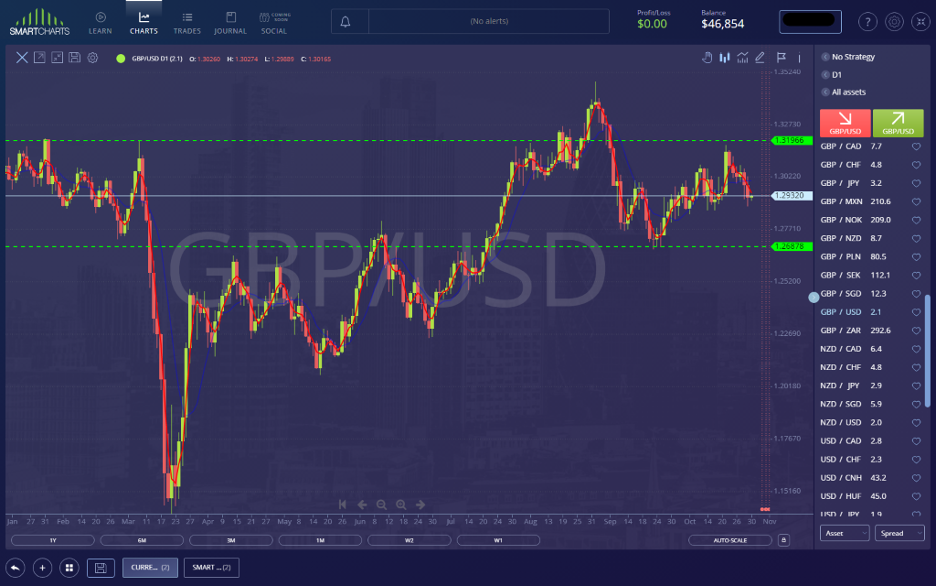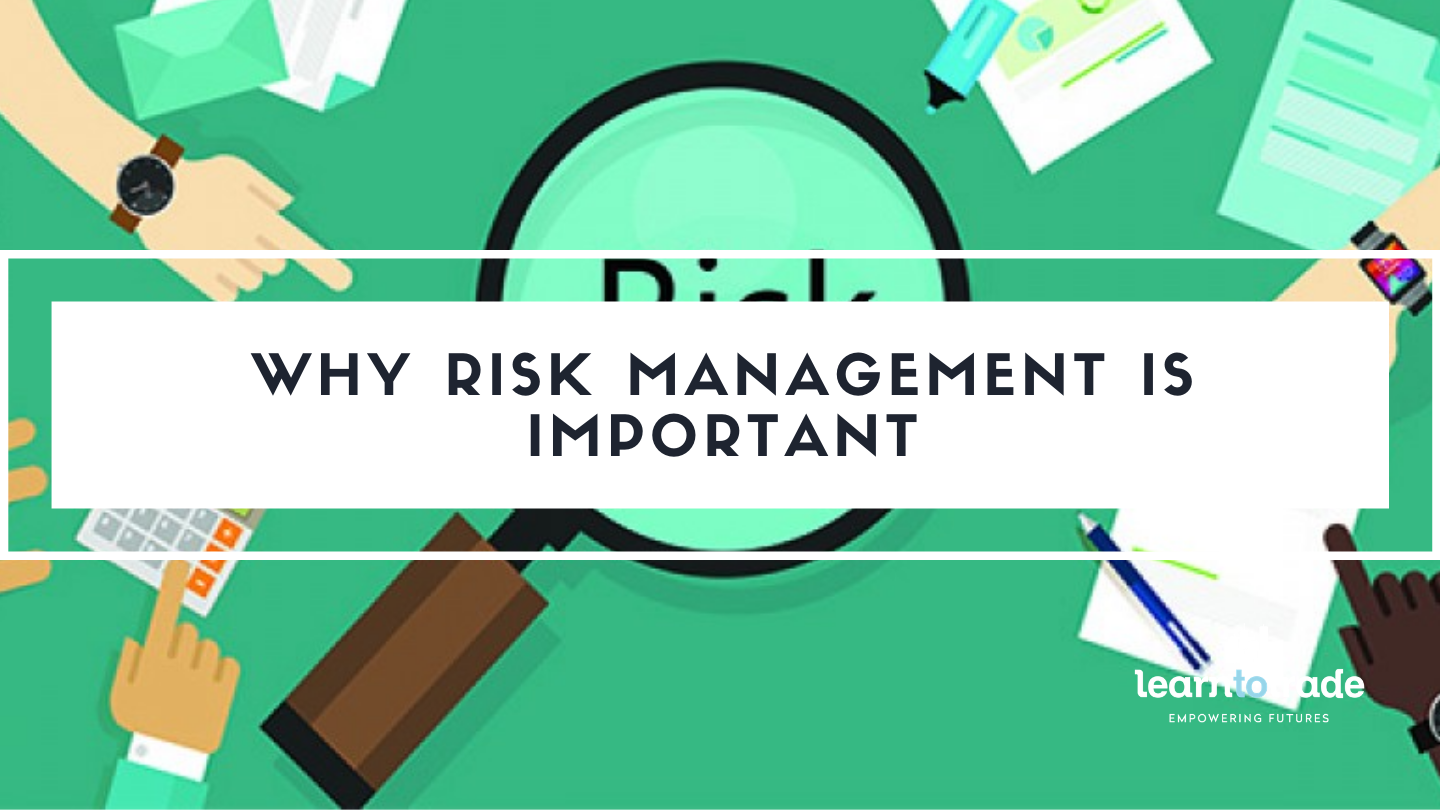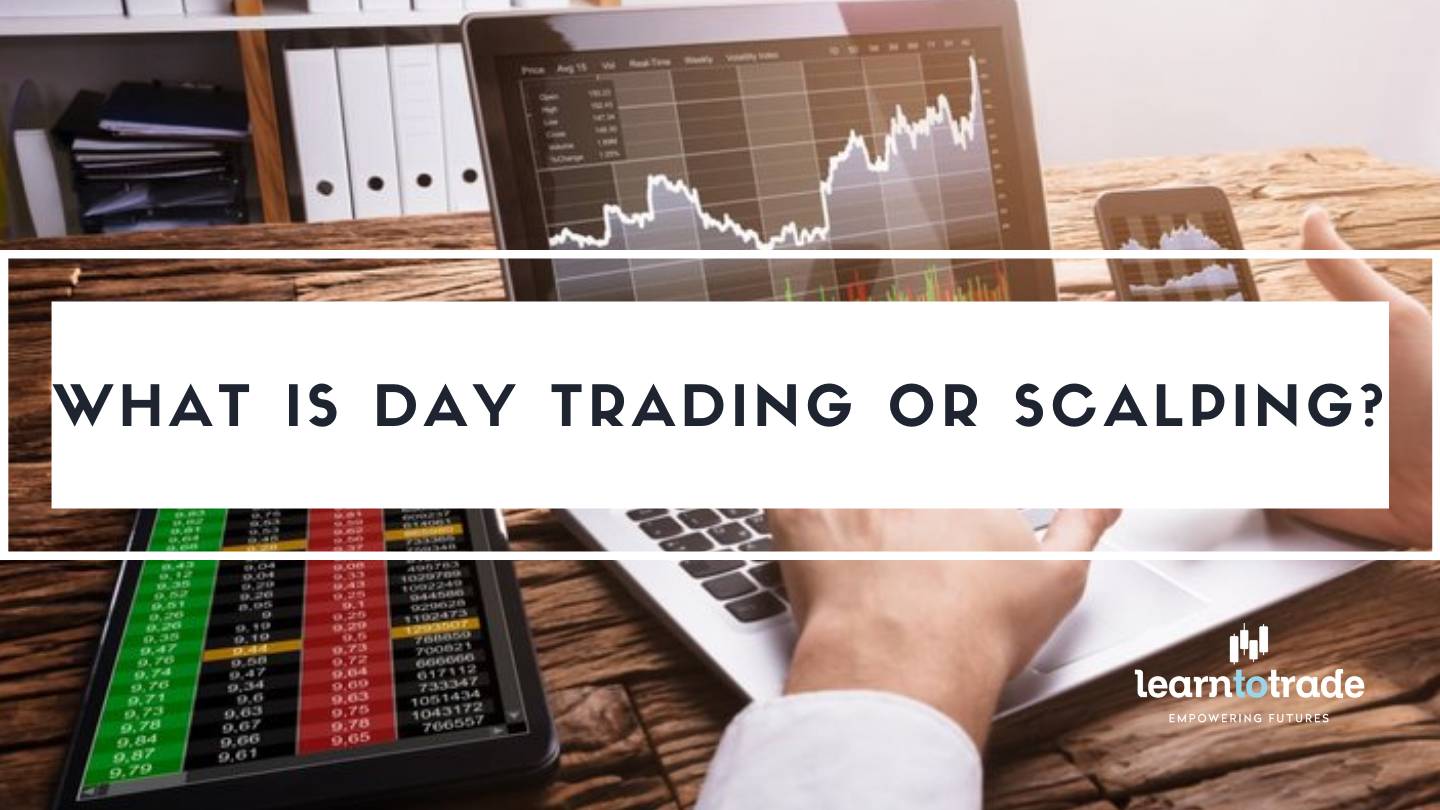Dollar Down Over U.S. Presidential Uncertainties and Covid-19 Worries

The dollar was down Friday morning in Sydney session and the Euro hovered near a four-week low against the dollar over hints from the European Central Bank that it could roll out further monetary easing by the end of the year.
The U.S. Dollar Index edged lower to 0.15% to 93.838 by 10:39 PM ET (2:39 AM GMT), after climbing to a near four-week high during the previous session over the euro’s decline.
On Thursday, the ECB announced its monetary policy, keeping interest rates steady but committing to craft a response to the second wave of COVID-19 cases in the region by its December meeting and conforming to investor expectations.
“We agreed, all of us, that it was not necessary to take action and therefore to recalibrate our instruments at our next Governing council meeting,” ECB President Christine Legarde said.
“The economy in the euro zone is deteriorating at a faster pace than expected, and some view that monetary easing won’t be enough to lift the euro zone, or that it will be too late [in December]. Such reactions probably pressured the euro to fall,” Mizuho Securities chief currency strategist Masafumi Yamamoto told Reuters, adding that the euro is unlikely to rise in the immediate future.
An advance estimate of the third-quarter GDP released on Thursday showed a 33.1% rise quarter-on-quarter, the fastest pace since records began in 1947. Separate data showed that 751,000 Americans filed for unemployment claims in the week ended Oct. 24, against the 791,000 claims for the previous week.
Although the dollar was on track to post its second monthly gains, uncertainty over the Nov. 3 U.S. Presidential Elections and worries over the mounting number of COVID-19 cases capped gains.
The number of global cases rose by over 500,000 for the first time, and France and Germany begin government-mandated lockdowns on Friday and Monday respectively. The U.S. also reported rising cases in 47 of the country’s 50 states.
Investors now await data due to be released later in the day, including the EU’s third quarter GDP and October inflation, while across the Atlantic, the U.S. is due to release September data on personal consumption and expenditures, as well as the Chicago Purchasing Managers Index (PMI).
Technical Outlook

In the daily charts of GBP/USD, the pair edged up Friday morning in Sydney Session.
The GBP/USD pair inched up 0.07% to 1.2936. The U.K. and the European Union (EU) continue to work towards reaching a post-Brexit trade agreement by the end of the year.
As what we can see in the daily charts of GBP/USD, the pair is still trading inside the range of support and resistance levels. With the growing uncertainties of the U.S. Presidential Elections that will surely bring volatility to the U.S. dollar next week, the sterling may expect gains but the euro zone and U.K. particularly is also experiencing their own adversities such as the resurgence of Covid-19. Taking trades with this pair should be taken with pre-caution.
Don’t forget to follow and subscribe for more updates about market trends, analysis, forex news, strategies and more!
Do you want to learn more about forex trading? Sign up now on our FREE forex webinar and reserve your FREE seats while it still lasts!
Risk Disclaimer:
Information on this page is solely for educational purposes only and is not in any way a recommendation to buy or sell certain assets. You should do your thorough research before investing in any type of asset. Learn to trade does not fully guarantee that this information is free from errors or misstatements. It also does not ensure that the information is completely timely. Investing in the Foreign Exchange Market involves a great deal of risk, resulting in the loss of a portion or your full investment. All risks, losses, and costs associated with investing, including total loss of principal and emotional distress, are your responsibility.






































